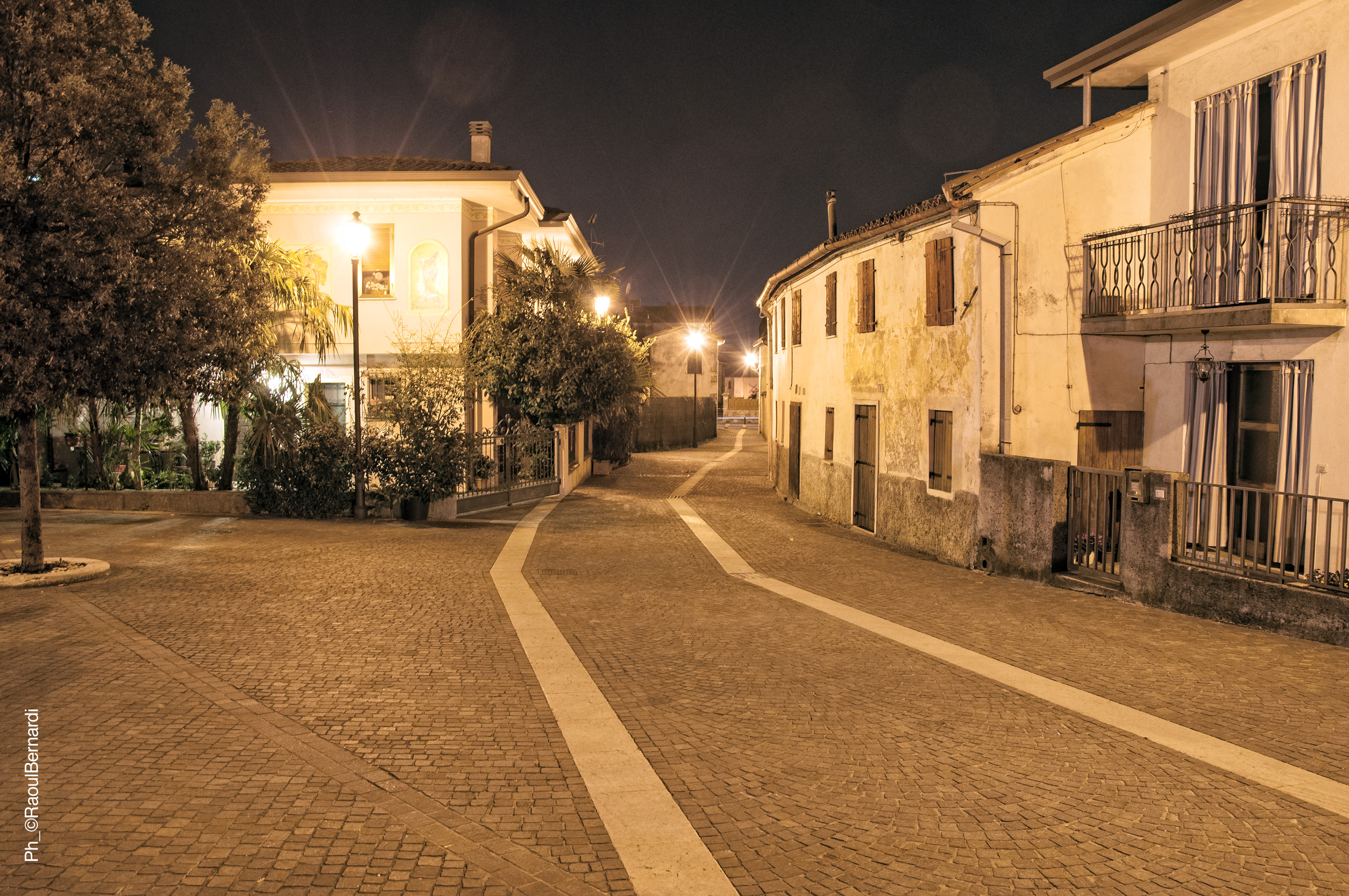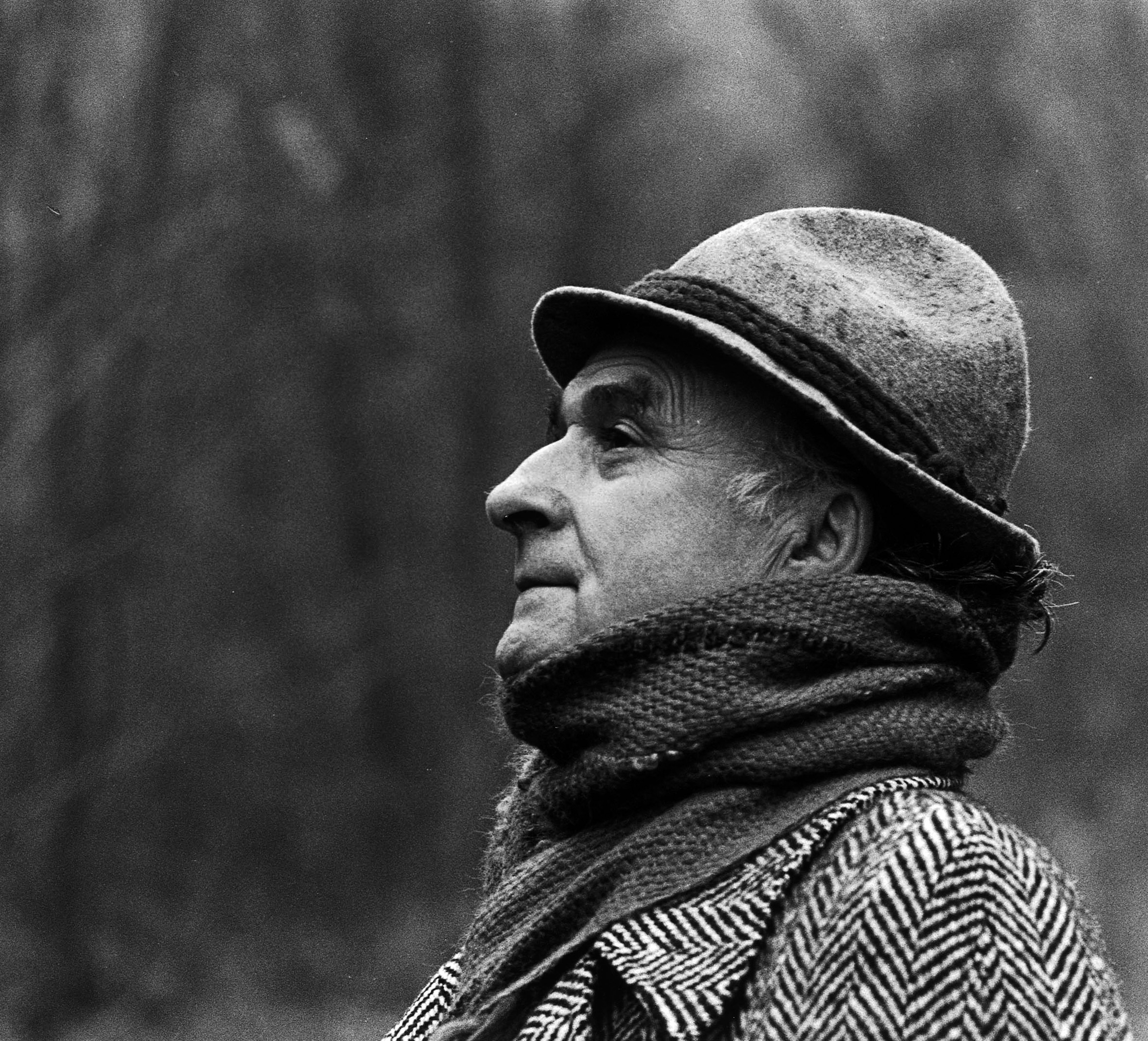Cal Santa e Casa del Poeta Andrea Zanzotto
 Altro
Altro
Descrizione
La Cal Santa è una delle vie più caratteristiche del centro storico: inizia poco ad est della chiesa parrocchiale, dove si trova il vecchio borgo, e prosegue fino all'area del cimitero; è segnata da una via Crucis che partiva dalla chiesa arcipretale verso il cimitero, l'oratorio di San Martino e l'attigua cappella del Calvario, che ne costituisce il terminale. La Via Crucis fu realizzata alla fine del Seicento; in seguito compromessa dalla riorganizzazione della viabilità, è stata recentemente oggetto di restauro e recupero. Edicola terminale del percorso della Via Crucis é l'oratorio del calvario: all'interno del piccolo edificio quadrangolare spiccano il bel Crocefisso e le decorazioni a stucco della parete di fondo, datata 1694 e realizzata per ospitare cinque tele con episodi della Passione di Cristo, rimosse per il loro precario stato di conservazione.
La Cal Santa è luogo topico nel corpus poetico di Andrea Zanzotto, che spesso la trasfigura attraverso il nome di Contrada Zauberkraft, andando a idealizzarne e ricostruirne il "sostrato antropologico". Sulla Calle si trova l'abitazione natale del grande poeta, sede della fondazione a lui intitolata e del museo.
The “Cal Santa” is one of the most characteristic streets of the historical centre: it begins a bit on the east of the parish church, where the old hamlet is located, and goes on until the cemetery area, the oratory San Martino and the near chapel of the Calvary, which is the final part. The Way of the Cross (Via Crucis) was created at the end of the XV century; it would be soon compromised by the reorganization of the traffic and was recently object of restoration and renewal.
Terminal part of the Way of the Cross is "Oratorio del Calvario". In the inside of the little quadrangular building, the beautiful Crucifix and the stucco decorations
of the bottom wall stand out, dated 1694 and realized to host five canvas representing episodes of the Passion of Christ, removed for their precarious state of conservation.
This ‘calle’ is topic poetic place of Andrea Zanzotto, who often transfigures it through the name of “Contrada”.
Die Cal Santa ist eine der charakteristischsten Straßen der Altstadt: Sie beginnt gleich östlich der Pfarrkirche, wo sich der alte Weiler befindet, und führt bis zum Friedhofsbereich. Hier verläuft auch ein Kreuzweg von der Erzpfarrkirche in Richtung Friedhof bis zum Oratorium San Martino und der angrenzenden Kalvarienbergkapelle. Der Kreuzweg wurde Ende des 17. Jahrhunderts angelegt, später durch das neu organisierte Straßensystem beschädigt, kürzlich restauriert und wiederhergestellt. Das Oratorium am Kalvarienberg ist die letzte Ädikula des Kreuzwegs: Im Inneren des kleinen, rechteckigen Gebäudes sind vor allem das schöne Kruzifix und die Stuckornamente an der Rückwand aus dem Jahr 1694 sehenswert. Die Station wurde errichtet, um fünf Gemälde aufzunehmen, die Episoden der Passion Christi darstellen, aber dann aufgrund ihres schlechten Erhaltungszustandes entfernt wurden.
Die Cal Santa ist einer der Schauplätze im dichterischen Werk von Andrea Zanzotto, der sie oft unter dem Namen Contrada Zauberkraft erscheinen lässt, um das „anthropologische Substrat“ zu idealisieren und rekonstruieren. An der Calle befindet sich das Geburtshaus des großen Dichters, das heute Sitz der nach ihm benannten Stiftung und des Museums ist.


